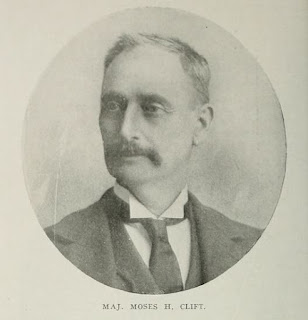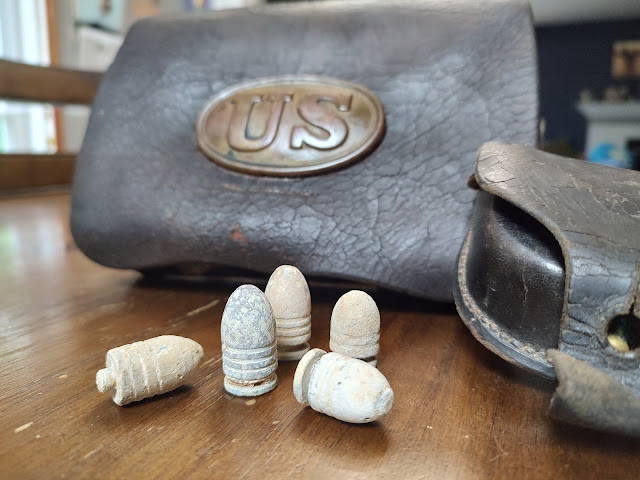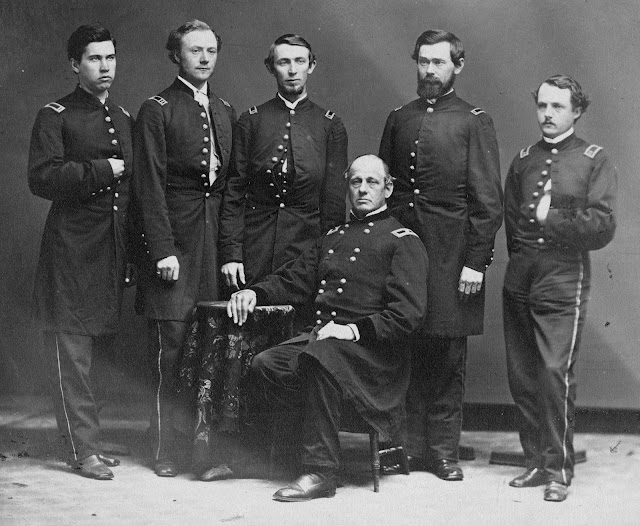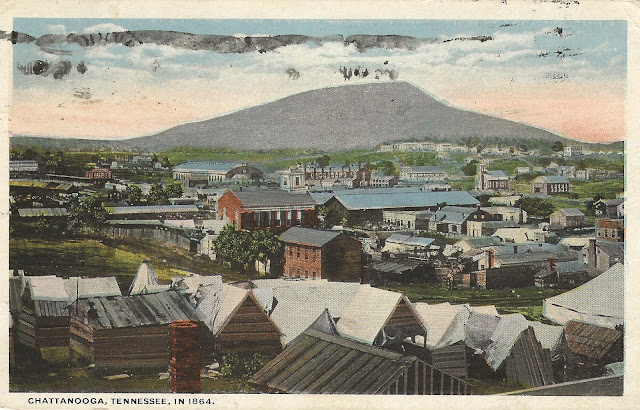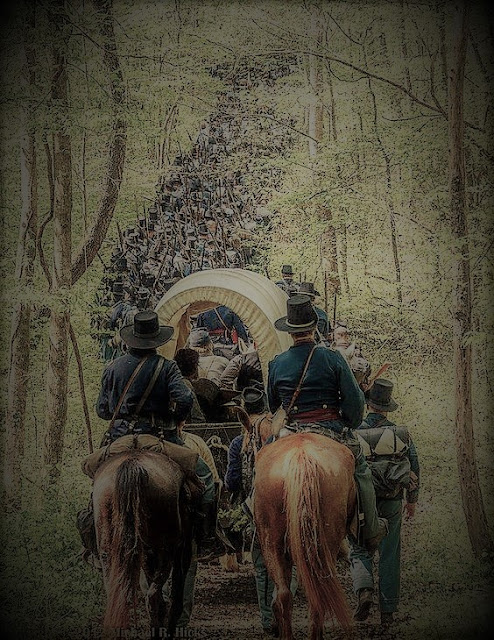Just Before the Battle: Marching to Gettysburg with the 11th Corps

On the night of June 30, 1863, the Ohioans attached to the 11 th Army Corps under the command of Major General Oliver O. Howard lay in camps around Emmitsburg, Maryland. “That night at Emmitsburg, with its recollections, is to me as sacred as holy writ,” recalled Leonidas Jewett of the 61 st Ohio. “The excitement, the knowledge of a great battle soon to be fought with the killing and wounding of many of the brave boys of Ohio and the other loyal states of the Union; the wonder what fate awaited us, were all thoughts that flew through the minds of the soldiers of our army who camped at Emmitsburg. Of my own regiment, I remember that night Colonel Stephen J. McGroarty, Lieutenant Colonel William L. Bown, Major D.C. Beckett, and many others in the next days that gave up their lives that this vast Republic might live.” The XI Army Corps headquarters flag belonging to Major General Oliver O. Howard who led the corps for much of its existence. ...
